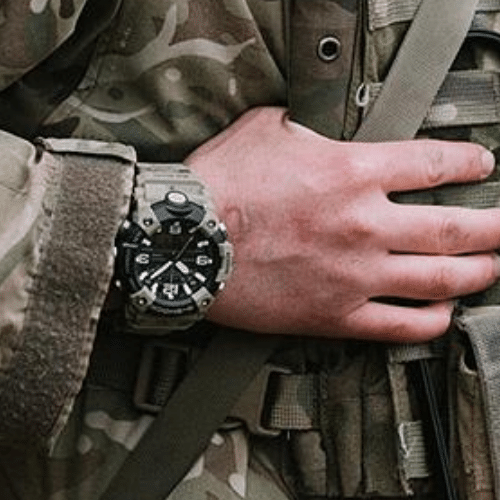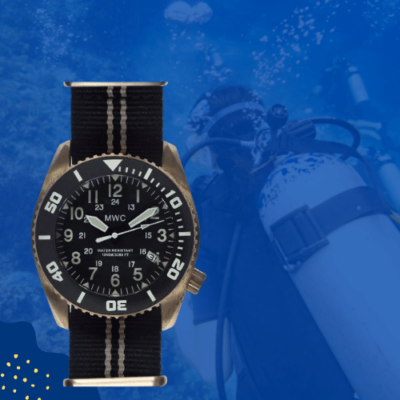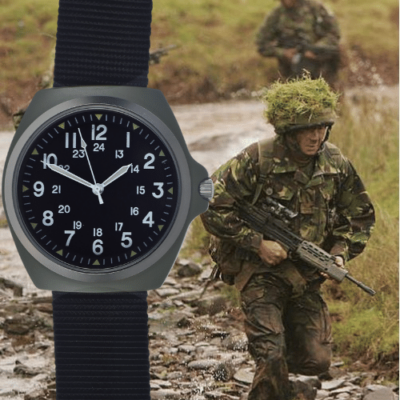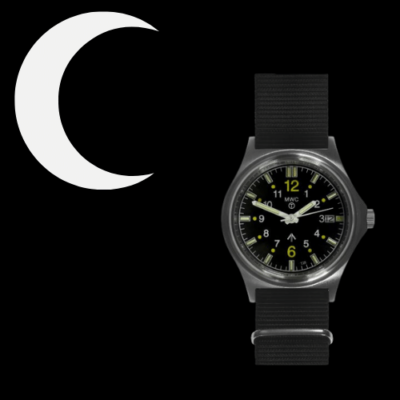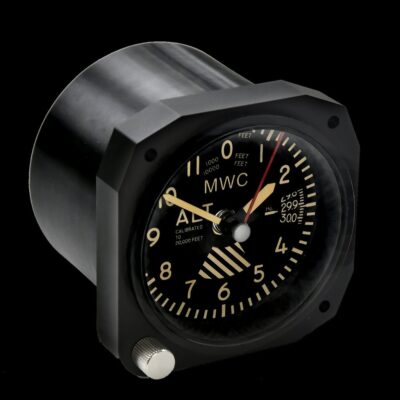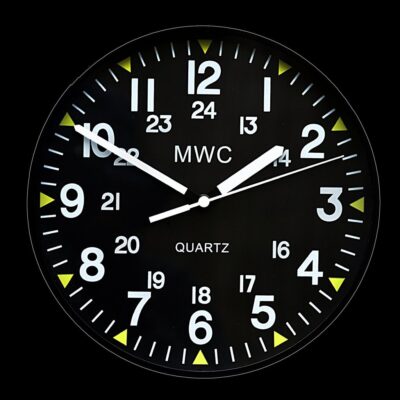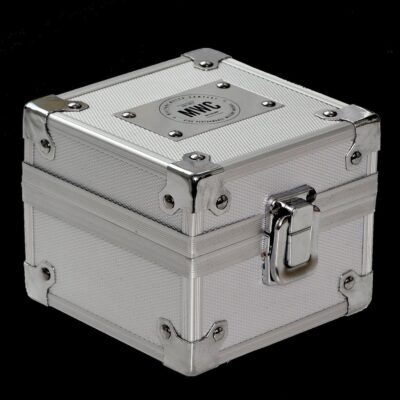News
Returning Tank Production to Soviet Era Levels: Russia Will Soon Be Building Over 3000 T-80s and T-90s Per Year
The Russian defence sector is on track to further significantly expand production of main battle tanks to reach a landmark output of 1,000 new tanks by mid-2028, and a staggering 3000 tanks by mid-2035, according to a recent assessment by the Conflict Intelligence Team. The Russian Army previously procured tanks at a very low rate averaging just one per year in the 2010s, although production remained at over 80 per year with the bulk of output being allocated to export markets. Since the outbreak of full scale hostilities between Russia and Ukraine in February 2022, however, Russian industry has been able to respond to the surge in domestic demand for modern main battle tanks by more than tripling output within two years, with production in 2024 estimated at 280-300 tanks. This steady increase is set to continue, and is considered vital both to replenish losses suffered in frontline engagements, and to counter the significant expansion of Western Bloc forces across the country’s borders.

Russia currently operates only a single tank production facility, the Uralvagonzavod tank plant, which was one of five that operated in the Soviet Union at the time of the state’s disintegration and one of the three largest. Of the other two primary facilities, the Omsktransmash plant near the Kazakh border was forced into bankruptcy and ceased tank production in the early 2000s, while the Malyshev plant in Ukraine produced a very small number of modernised T-80s but has since been forced to cease work. The Soviet Union in its final decade produced tanks at rates dwarfing those of modern Russia, and by many estimates exceeding those of the rest of the world combined, at approximately 4000 per year. Uralvagonzavod was the only large facility to produce the T-72, while Omsktransmash and Malyshev produced the much more costly and complex T-80.

After the USSR’s disintegration, the T-72’s greater perceived cost effectiveness led the Russian Defence Ministry to invest more heavily in the class, resulting in the predesignation of the new T-72BU variant as the T-90, which is today in production at Uralvagonzavod at a higher rate than any other tank class in the world. Production in 2025 is expected to approach 400 of the vehicles, namely heavily enhanced T-90M variants. Production of the T-90M at rates of several thousand per year are expected to be supplemented by resumed production of the T-80 at Omsktransmash, after state media announced in September 2023 that work had begun at the facility to do so. The time frame for this resumption of production remains highly uncertain, however, with no T-80s having been built for 29 years, although successful resumption of production of the complex and highly unique gas turbine engines used by the tanks in April 2024 could make this process far less complex.

The scale of intended production, and the capabilities of the new T-80 variant that will enter service are highly uncertain, although a heavily enhanced new variant is expected to surpass the capabilities of the T-90M, and possibly have a number of common features with the incomplete T-14 tank program including a remote controlled unmanned turret. Parallel production of a high-low combination of enhanced T-80s and T-90s to reach an output of around 3000 tanks per year would mark a significant resurgence to Soviet era levels, restoring what was one considered a leading strategic advantage of the USSR over its Western adversaries. Significant remaining uncertainties including how the T-80 and T-90 will continue to be modernised, whether the much delayed T-14 will be procured in any numbers whatsoever, and whether production will be financed to also rebuild large reserve armour stockpiles, which have been rapidly depleted since 2022 by the need to replenish losses.

